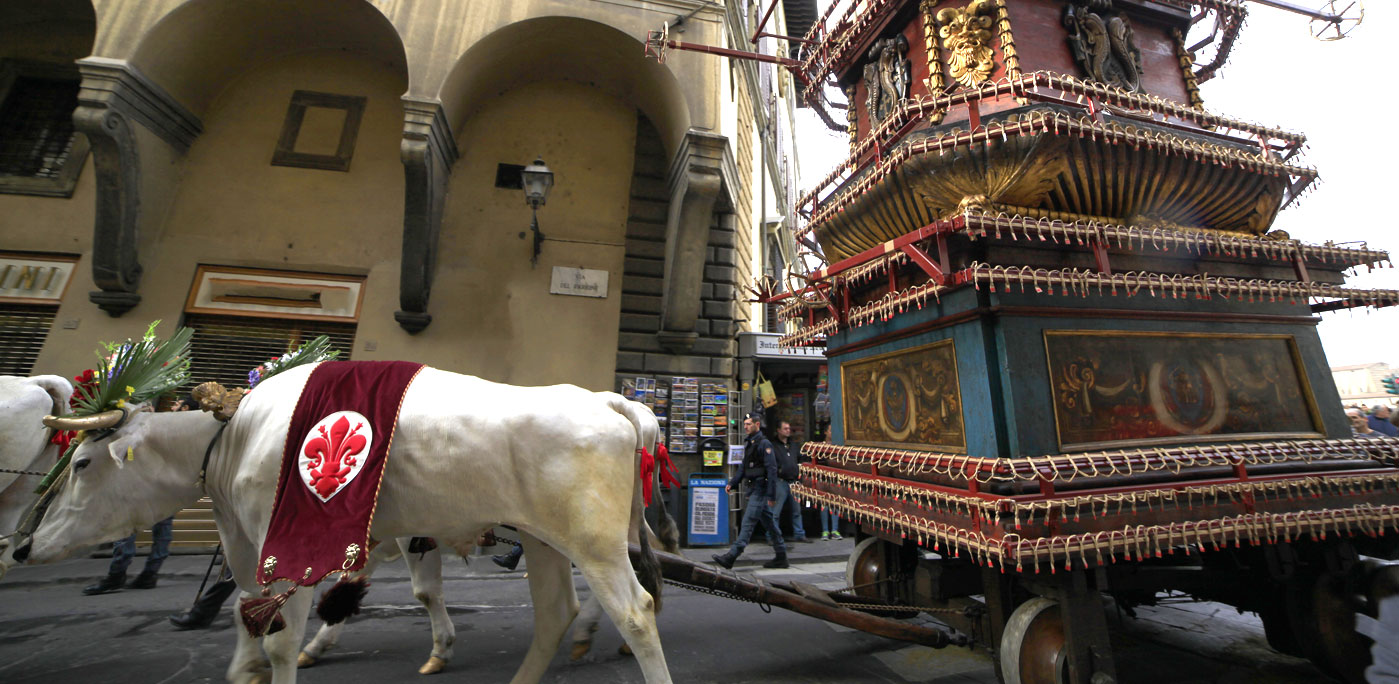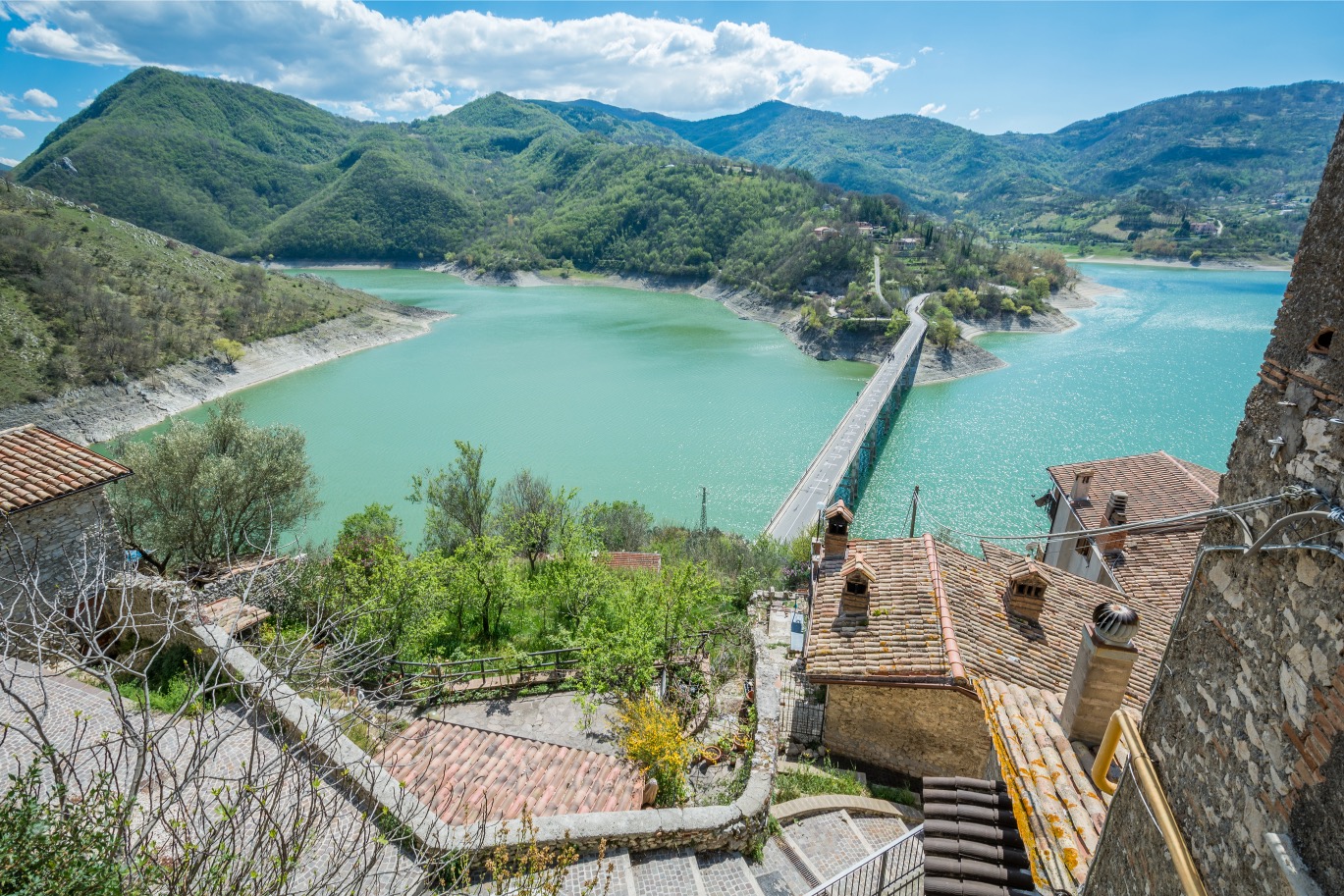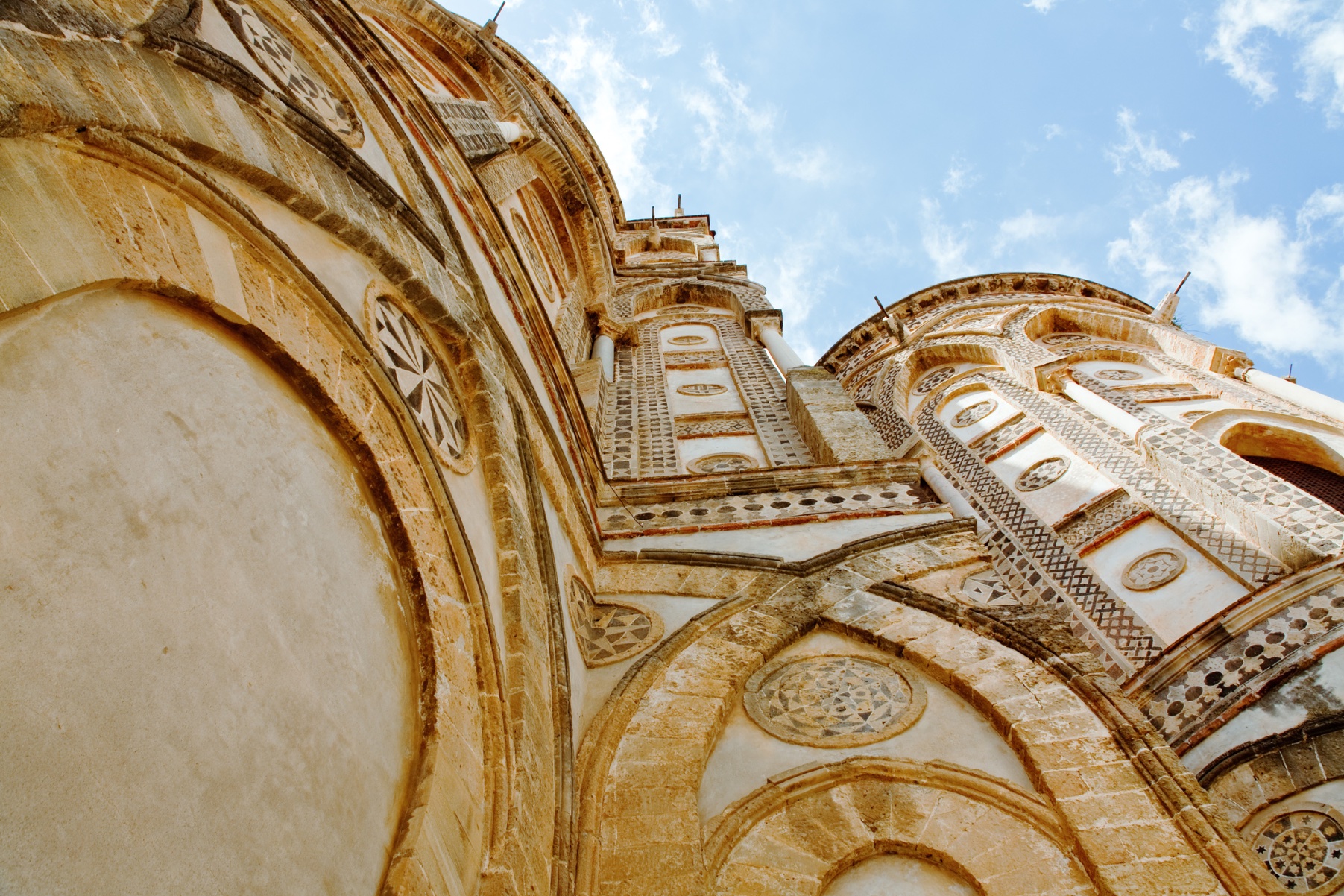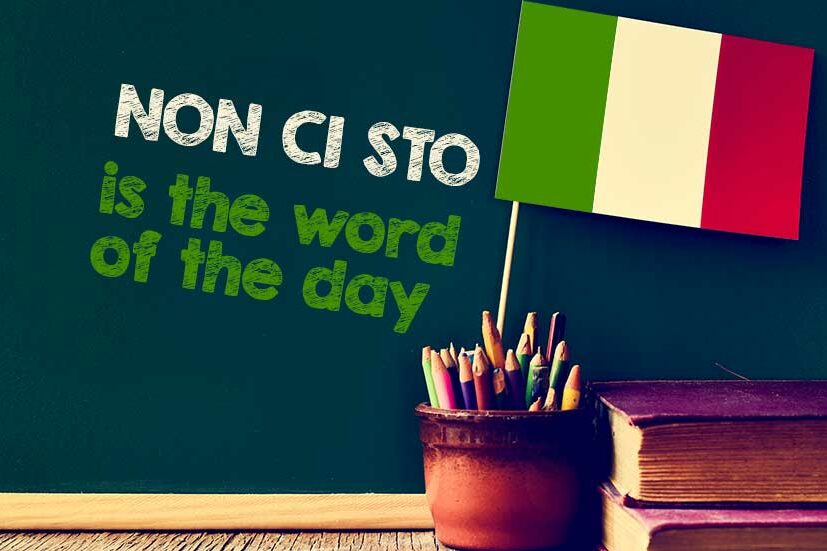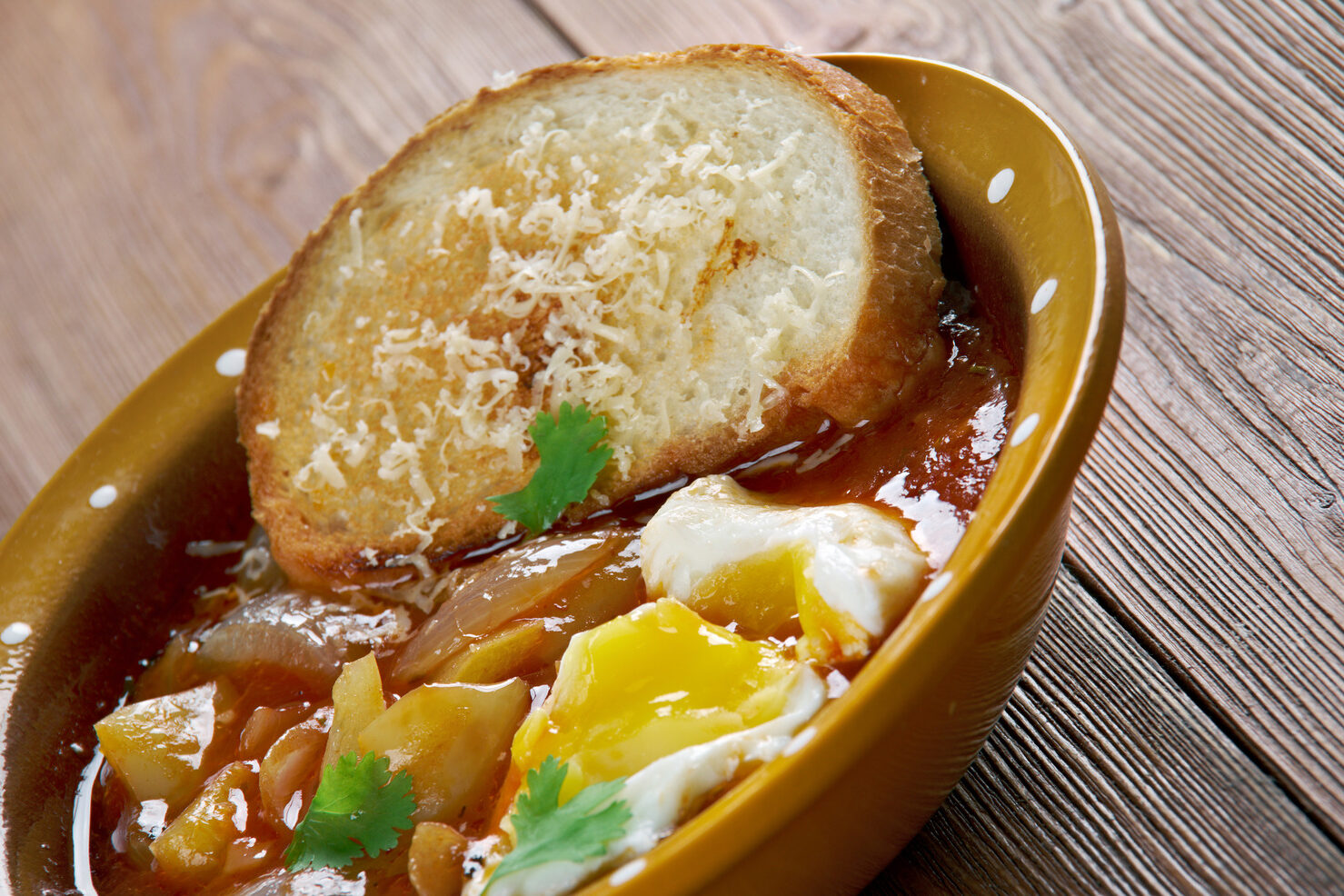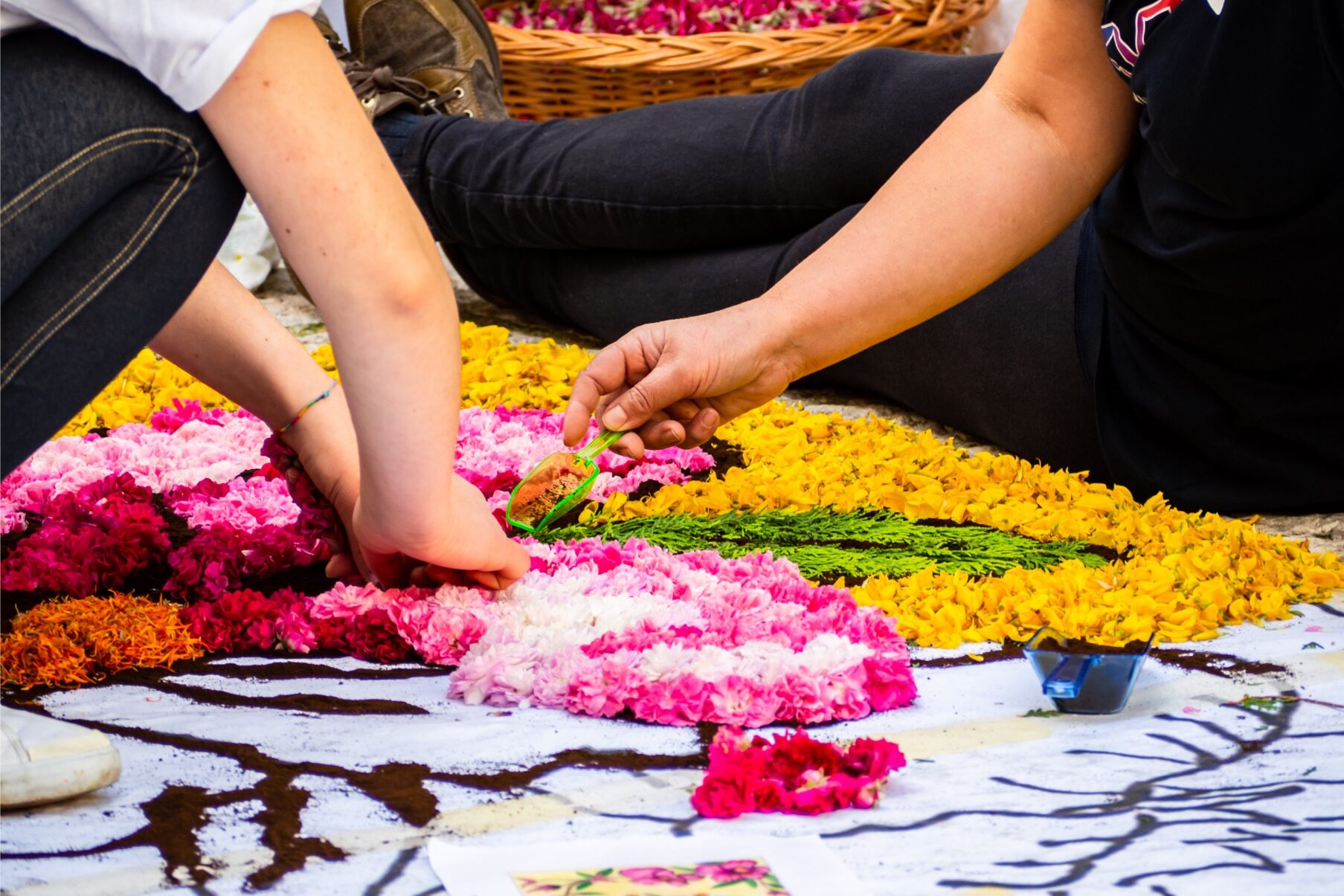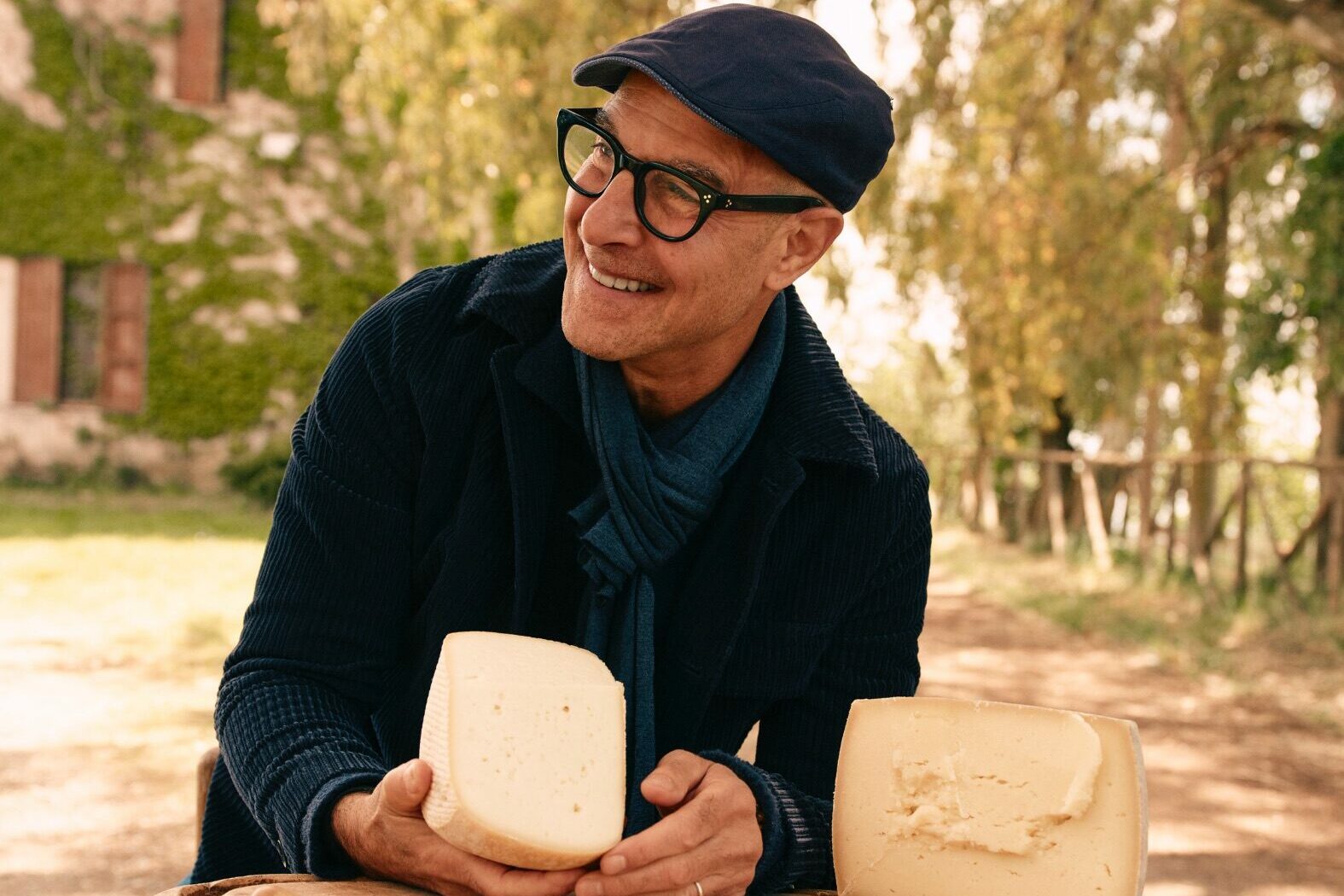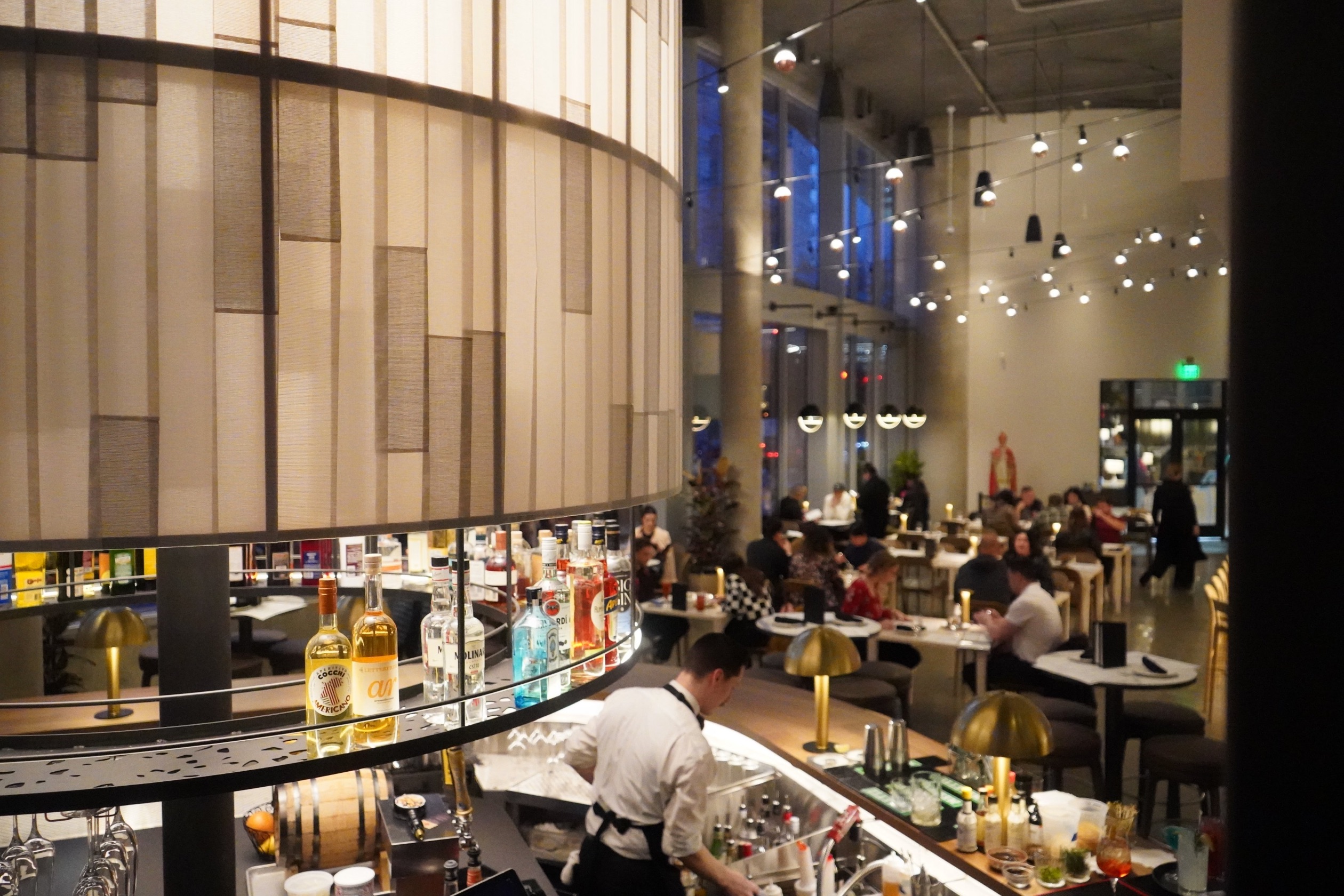The “Scoppio del Carro” or Explosion of the Cart, is one of the most spectacular festivals in Italy. It’s an ancient tradition that is deeply rooted in folklore. One that’s exciting and noisy as it is colourful. This is Easter, Florence style.
It’s morning on Easter Sunday. A huge cart is being pulled out of its hiding place by four white oxen, decked out with head-dresses for the occasion. It’s accompanied by a parade in Medieval costumes and plenty of flag-waving. The excited procession snakes through the city centre and arrives in Piazza Duomo in grand style. There the crowd is gathered waiting for the show, the young and the old, the tourists and the locals alike.
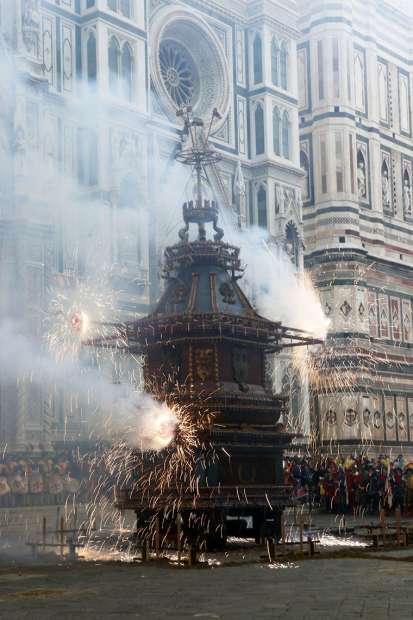
As it draws closer to 11am, all eyes are fixed on the cart. The bells toll non-stop for a good ten minutes. Excitement grows. There is a wire that than runs from the Cathedral’s main altar to the cart. A rocket in the shape of a dove (hence ‘Colombina’ meaning little dove) is lit at the main altar and goes flying toward the cart along the wire, setting it alight in an explosion of fireworks, sparks and smoke.
But the flight of the Dove is just as important as the explosion itself. If its journey to the cart and back runs smoothly, it will ensure a good crop for the coming season. This is as important today as it was centuries ago when this tradition was first performed. But when did it all start? One look at the fluttering red and white flags should give you your answer. This exciting festival dates all the way back to the Crusaders.

It all started in the year 1099 with the story of a Florentine knight. A certain Pazzino de’ Pazzi. He was the first person to enter the city of Jerusalem during the first Crusade. Jerusalem was taken, and as a reward for his deeds he was given three splinters from the Holy Sepulchre, Christ’s burial place no less.
Pazzino brought these precious objects back to Florence and they gave birth to this tradition. Since then, at every Easter, these splinters were used by the archbishop to light a sacred fire in the Cathedral to celebrate the Resurrection of Christ. Florence’s citizens would go to the fire to light their torches and in doing so would bring blessing into their homes.
The rite changed over time, becoming more elaborate and spectacular. At the end of the 15th century, the simple sacred fire became a cart loaded with fireworks and crackers ready to be lit in front of Florence’s Duomo. The cart had to be tall, strong, rich and elaborate. Nevertheless the Florentines, with their characteristic irony, call it “il brindellone” (the Tuscan term for someone “tall and wobbly”.)
It’s a cheerful event, but it still bears an ancient and solemn meaning. Easter is the time to celebrate and bless new life. Both in mystical terms, as much as in the earthly one. The eyes of everybody are fixed on the dove while it travels on its wire, bringing good luck to the new crop and the coming season.
Once the dove has returned safely to the altar, the square is cleared, while everybody gets ready for Easter lunch. You see people leaving mass with their hard-boiled eggs freshly blessed. They will feature on the dinner table, together with chocolate ones of all sizes, and the classic Easter sweet the Colomba, a soft cake with almond and icing.
So forget the Easter egg hunt at home and head to Florence for to see the Explosion of the Cart. It’s guaranteed to get your Easter off to a flying start.
If you’d like to know more about what goes on in Florence at Easter and other traditional festivals in Tuscany throughout the year, head to lovefromtuscany.com
Ben Carson and Sabrina Nesi are both travel writers based in Florence, and co-founders of the website lovefromtuscany.com, an insider’s travel guide to Tuscany. Here they share their knowledge, and pour out all their passion for the art, culture, lifestyle and food of the region. They’re always looking for new stories to tell and hidden corners to explore. You can connect with them on Facebook, Twitter and Instagram and read their blog at lovefromtuscany.com/blog
